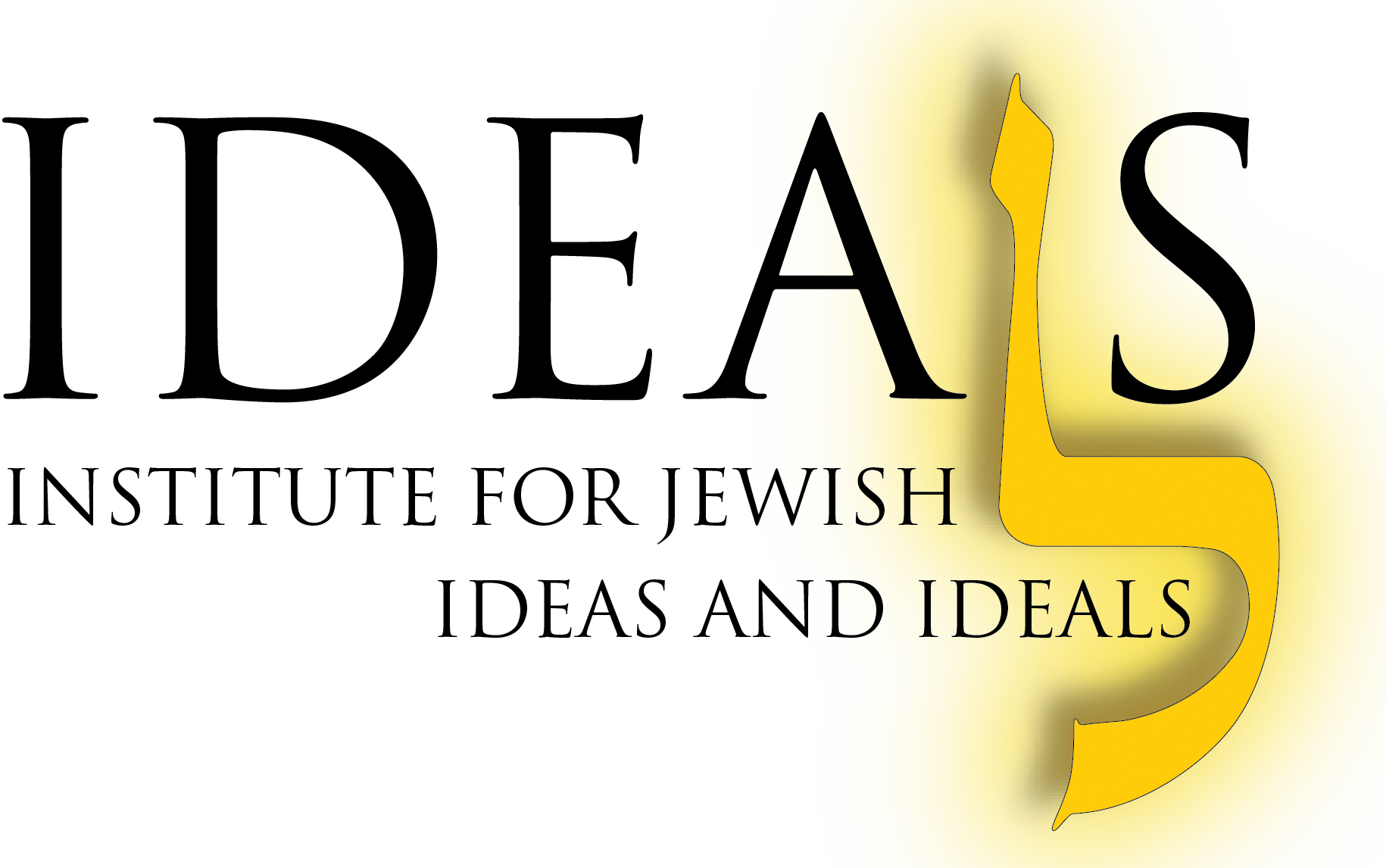Orthodoxy and "The Gentile Problem"
Not long ago someone near and dear to me asked me what I was working on. I said that I was writing a book proving that for Rambam Gentiles as well as Jews are fully created in the image of God. I was met with the amazed response: "Do you really believe that?!"
Yes, I really believe it, and so did Rambam. [1]
